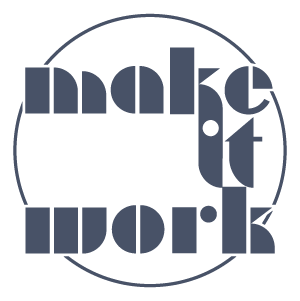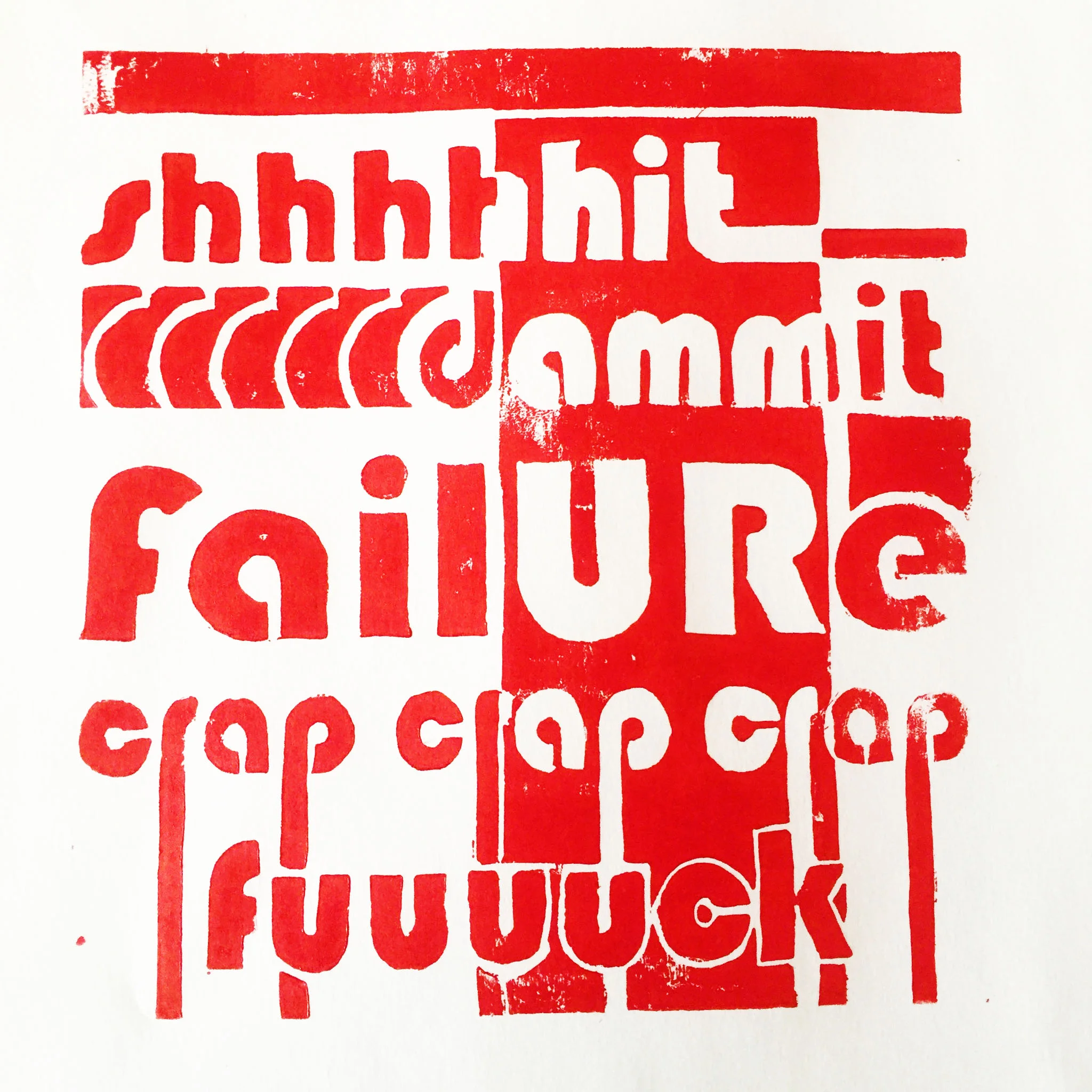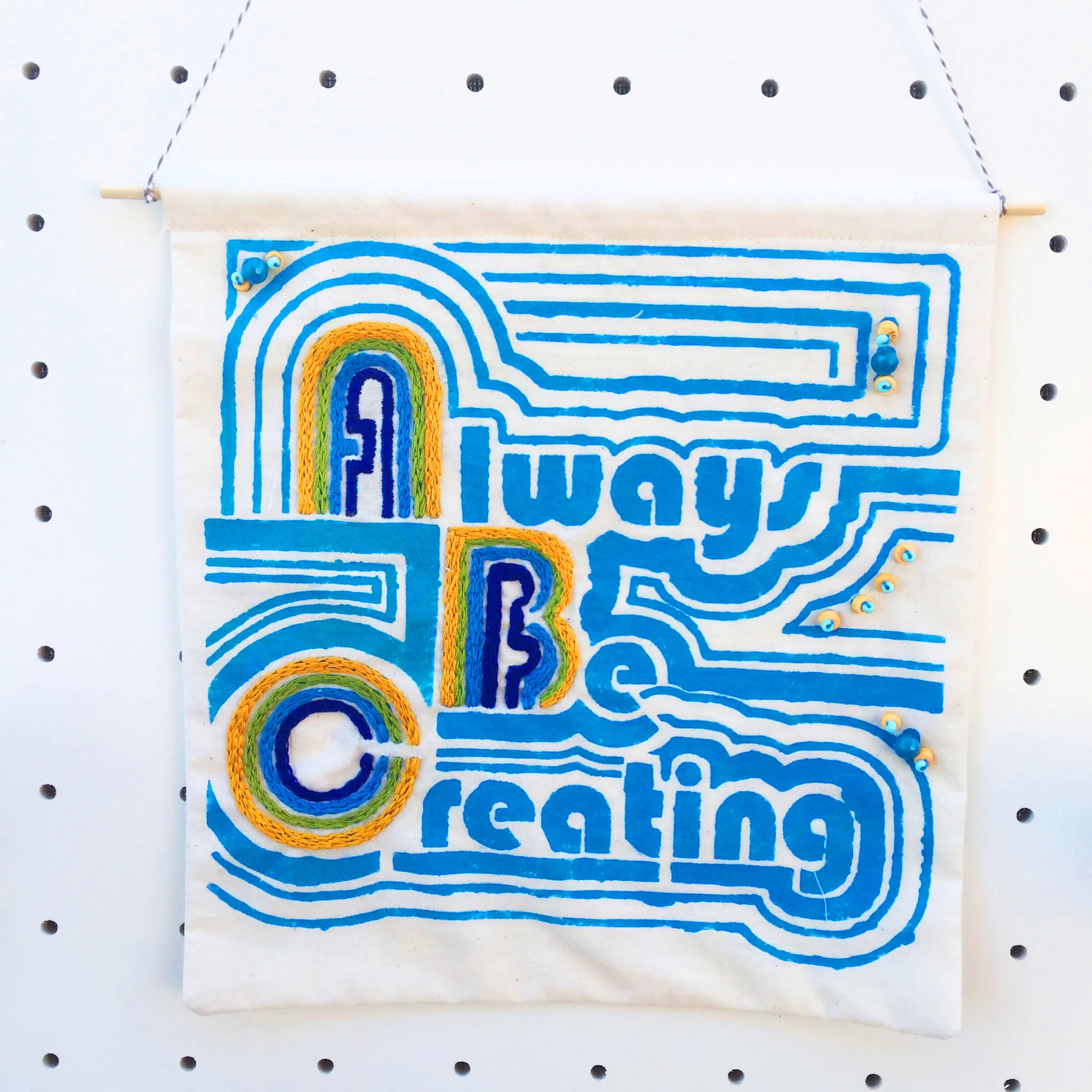Get To Know Your (Real) Customer
One of the key principles to design thinking is knowing your end user. How can you solve problems if you don’t what the problems are?
In fashion and surface design, the end user is the consumer. When designing clothing, the designer needs to be empathetic to the consumer. As of now the default fashion consumer was very one dimensional; upper middle class, western, judeo-christian, straight, able-bodied white woman around age 21-35 with a thin body type. In college and in the working world, this default was pervasive. From the long skinny fashion illustrations that I was forced to draw by my teachers to the color choices we used for color palettes in the jobs that I held. The colors had to look great on pale skin. Even what is upheld as good taste in fashion publications and blogs is based on the opinion of a default white woman. In fashion design programs across the globe, menswear and childrenswear are given little attention despite growth in both areas for years. The growing diversity in the United States or the growth of the global market are given little attention in fashion programs, fashion magazines and retailers. Last year, Nielsen estimated that African American overall buying power is $1.2 trillion annually.
“With 43% of the 75 million Millennials in the U.S. identifying as African American, Hispanic or Asian, if a brand doesn’t have a multicultural strategy, it doesn’t have a growth strategy” -Andrew McCaskill, Nielsen’s Senior Vice President, Global Communications and Multicultural Marketing See more here.
That isn’t a number to be ignored. Needless to say the traditional default fashion customer is limiting. Designers are not at complete fault for continuing on with this outdated perspective. Fashion merchandisers, buyers, CEOs and other fashion business folks also still believe in this outdated ideal customer. Once a friend of mine told me that the company she worked for had composite target customers that they named “Josh and Madison.” My friend quipped that the actual demographics showed that the target customers should have been named “Jose and Maria” because the largest customer base identified as latinx. The company continued with “Josh and Madison” though. That company hasn’t been doing well for sometime.
How do you get know your customers?
Meet a real life consumer.
See what people do in their daily lives. Go beyond the mall. Visit a museum whether it be an art, science or an ice cream one. Observe the subjects there and observe the people. What kind of people attend this museum? Go to a concert and ask the same question. A theme park is a great place because people aren’t focused on fashion but need functional clothing. When you’re walking around a huge amusement park, you want comfortable shoes and protection from the sun. Look for outliers who may be trendsetters and look for people who are more mundane. They are your extreme in the same crowd. Are there any similarities? What are their biggest differences? How are people engaging with their apparel?
© 2017 Alyson Toone All Rights Reserved
Talk to people in the real world.
Don’t just observe. Have conversations about their daily lives. Ask them about why they wear the clothes that they wear. Where did they buy them? How are they actually wearing the clothes? Did they have to make changes to those clothes ? Why?
In my experience, even people who swear that they don’t care about fashion really do care about what they wear. Usually they care about function and comfortability rather than following esoteric runway trends. Maybe they liked something that was trend a few years ago but are mourning that they can’t find it now.
Understanding your customer is key to slow fashion. Fast fashion is focused on pushing large quantities of clothing on large portions of the general population. Usually anything general doesn’t doesn’t meet the needs or solve the problems of individuals. With slow fashion there is the opportunity to meet the needs of smaller groups.
In previous posts, I discuss applying design thinking principles to the fashion industry. See those posts here.




